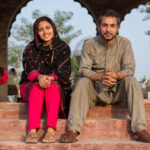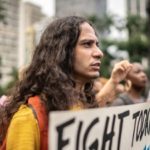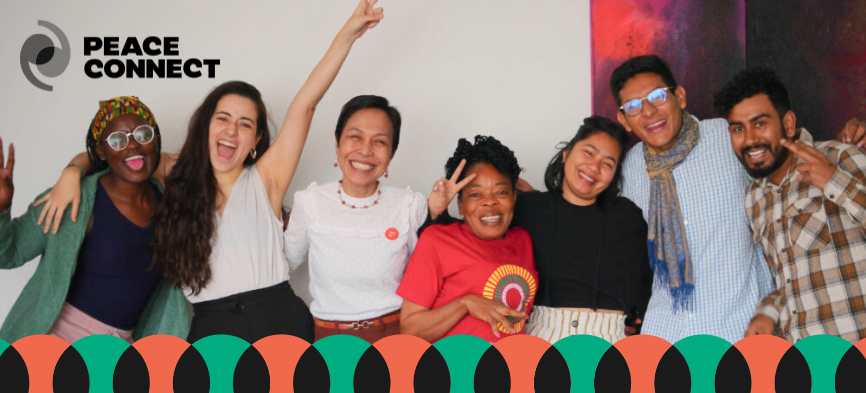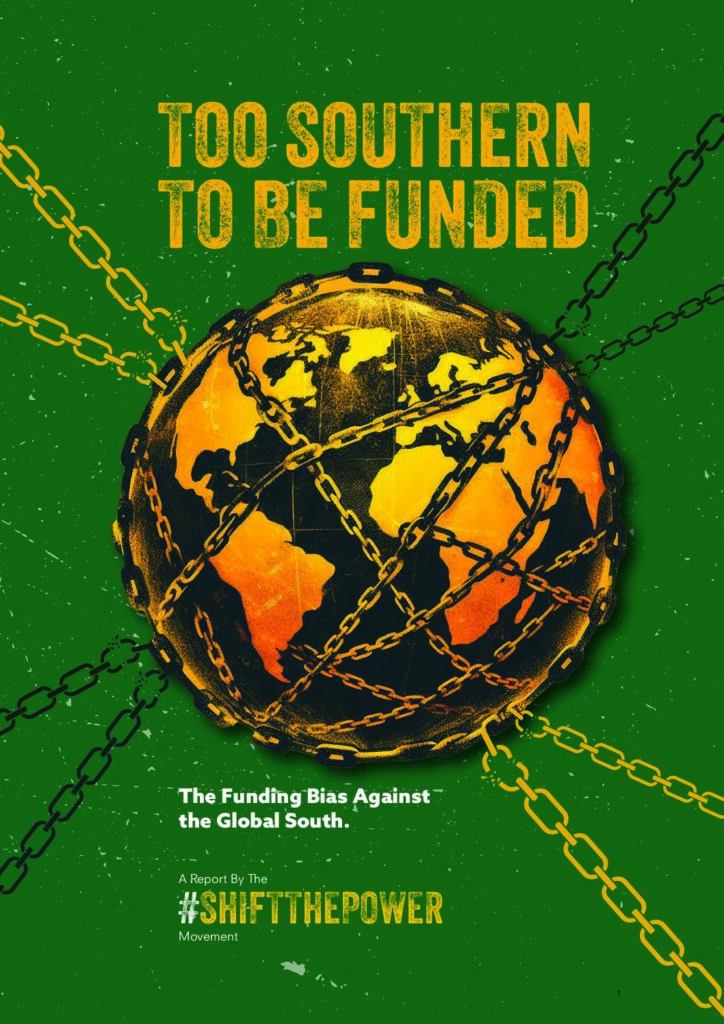Women’s Stories, Women’s Voices
One of the most inspiring panels during the Symposium centred around the importance of including women’s voices in how conflict and peace is covered. We see an absence of women in negotiation processes and in newsrooms globally, and war reporting has typically been considered as ‘no job for a woman’. What’s more, the stories of local female reporters are often sidelined, for the oftentimes, translated version of events by international female reporters, which is an intersection that must equally be critically considered in this wider conversation. There is therefore a pressing need to include stories from all women, about women, at the centre of the debate. This is not because we should, but because the stories, and the actions they depict, are worthy, compelling, and successful. When women are economically and socially empowered, families are healthier and safer. When women’s voices are included in peace processes, conflict resolution is more likely.
Organisations like Centre Résolution Conflits and FOCHI, Peace Direct’s local partners in DR Congo, support women affected by war, to improve female participation in community decision making and leadership, as well as providing them with loans to set up businesses and earn a steady income to support their families. The same goes for Envision Zimbabwe Women’s Trust, working to counter the causes of domestic violence and violence against women through training and awareness raising. The list could, and does go on, and shows how women are essential in holding parties accountable for the implementation of peacebuilding processes once agreed. When women are included in the discussion on peacebuilding, they broaden the scope of what is discussed.
Including local women’s voices in stories of peacebuilding is therefore not only a way to demonstrate how peacebuilding initiatives that are women-led are successful, but also to make sure that reporting on global affairs, and the way they affect how political, economic and military decisions are made, are informed by the views of all segments of the population.











